Ball Screw Jacks JWB Series for Jump Form Construction Lifting
JWB series ball screw jacks feature a ball nut with integral ball bearings that circulate along the surface of the ball screw. This significantly reduces friction between the ball nut and the ball screw, resulting in greater efficiency. Ball screw jacks require up to two-thirds less input torque to move the load than similarly rated machine screw jacks. They require a brake motor or external locking device to hold the position.
Ball Screw Jacks JWB Series for Jump Form Construction Lifting
Ball screw jacks JWB series feature a ball nut with integral ball bearings that circulate along the surface of the ball screw. This significantly reduces friction between the ball nut and the ball screw, resulting in greater efficiency. Ball screw jacks require up to two-thirds less input torque to move the load than similarly rated machine screw jacks. They require a brake motor or external locking device to hold the position.
Both upright and inverted ball screw jacks are available to lift and precisely position loads up to 50 tons. Alloy steel input shafts, aluminum bronze worm gears, and tapered roller or ball thrust bearings provide rugged reliability. Compared to machine screw jacks, ball screw jacks:
- Require less motor horsepower.
- Allow higher travel speed.
- Provide an extended duty cycle.
JWB Series Ball Screw Jacks Specifications Parameter:
JWB Series Ball Screw Jacks Dimensions Drawing:
1. JWB010 Series Ball Screw Jack
2. JWB025 Series Ball Screw Jack
3. JWB050 Series Ball Screw Jack
4. JWB100 Series Ball Screw Jack
5. JWB150 Series Ball Screw Jack
6. JWB200 Series Ball Screw Jack
7. JWB300 Series Ball Screw Jack
Features of the JWB Series Ball Screw Jacks :
1. High efficiency
Rolling friction improves efficiency greatly, only a little drive power can generate great thrust force.
2. High speed
Rolling friction speeds up the travel of the screw easily.
3. Lifetime longer
High-precision ball screws can make JWB’s lifetime longer by 3 times compared with JWM.
Note: Braking devices or motors with braking devices are necessary when choosing JWB.
Ball Screw Jack VS Trapezoidal Screw Jack
Trapezoidal Machine Screw Jacks Features:
1. A brake motor is usually NOT required to hold a position on self-locking jacks
2. Are best for slower movement and low to moderate duty cycles
3. Most machine screw jacks are inherently self-locking in the absence of vibration
4. Stainless steel, metric, and motorized jack models are available with machine screws
5. Adaptable for wash-down applications
6. Machine screw jack Working Principle: The worm wheel acts directly on the lead screw (lifting screw).
Ball Screw Jacks Features:
1. They are not self-locking and REQUIRE a brake motor to hold the position
2. Are suitable for higher travel speeds and moderate to high-duty cycles
3. Move loads faster and with less horsepower
4. They are NOT suited for manual operation
5. Are suitable for moving loads with more extended continuous travel
6. Motorized ball screw jacks are available
7. Ball screw jack Working Principle: The worm wheel acts on the ball screw (via the ball nut), which actuates the lead screw. This system offers greater efficiency between the input and the valuable output compared with a machine screw jack. In addition, it allows for more incredible actuation speeds and is very durable due to the low friction.
Customized Ball Screw Jack
We are the factory with the ability to customize the ball screw jacks to your specific requirements for your application. Please share detailed information including your use scenario, required loading capacity, reduction ratio, power source, stroke length, and other requests. Our sales and technical team will provide solutions and drawings for your confirmation.
Ball Screw Jack Model Selection Guide:
Step 1: select the corresponding model according to your load capacity requirements,
Step 2: confirm the reduction ratio: 1/6, 1/12, or 1/24. If you need a special speed ratio, please contact our sales team.
Step 3: Determine the head form of the screw, there are cylinder type, nut type, flange type, thread type, and flat head type for your option.
Step 4: confirm the screw length or stroke you need. The default stroke is 500mm, and the screw length can be customized according to different needs.
Step 5: confirm the accessories you need, such as matching motors, hand wheels, protection tubes for screws, dust cover, anti-rotation functions, nuts, etc.
Contact us now to get your customized ball screw jacks.
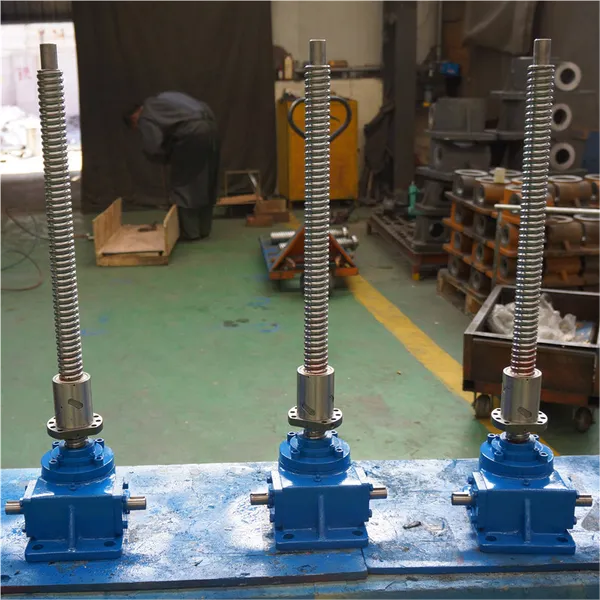 |
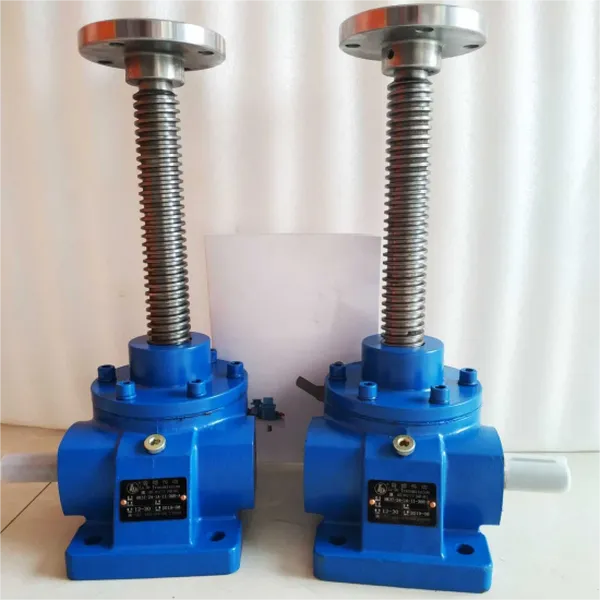 |
Professional Ball Screw Jack Manufacturer
With over 10 years of professional manufacturing experience, our specialized workers always produce ball screw jacks with refined craftsmanship and consistent quality. Whether working on large volume orders or simply 1 set, our standardized production process makes sure you get the same level of high-quality ball screw jacks at a short lead time.
- Well-trained Staffs
- Extensive Manufacturing experience
- Fully-equipped Production Workshop
- Well-established manufacturing standard
FAQ
Q: What is the difference between a trapezoidal worm gear screw jack and a ball screw jack?
A: The trapezoidal screw jack uses a threaded acme screw that is typically self-locking, meaning it will hold its position without a brake. Ball screw jacks incorporate ball screws to convert rotary motion to linear movement. Ball screw jacks are inherently more efficient, requiring 1/3 horsepower compared to trapezoidal worm gear jacks. Due to the efficiency of a ball screw jack, a brake must be used to stop and hold a load in position.
Q: What is a Translating or Keyed-Type Screw Jack?
A: This type of jack has a key fixed to the jack housing and inserted into a keyway milled into the lifting screw which forces the screw to translate through the gearbox housing without rotating.
Q: What is a Rotating or Traveling Nut-Type Screw Jack?
A: This design incorporates a lifting screw keyed to the worm gear as a single unit, forcing the lifting screw to rotate in the gearbox, but not translate. A traveling nut, running on the rotating screw generates linear motion for the attached load. This type of jack is ideal for applications that cannot accommodate a screw protection tube.
Q: Which type of screw jack is best for a single jack system?
A: In a single jack application, with no guide rails to isolate lateral load, a Rotating or Keyed screw jack must be used. Multiple jack applications or single jack applications that are fully guided may use Translating or Keyed-Type screw jacks.
Q: Can a screw jack be operated in multiple unit systems:
A: Yes, screw jacks may be easily configured in systems, motorized and manual, to raise and lower a load in unison.
Q: Can a worm gear screw jack be operated at high speed?
A: Input power should not exceed the KW rating in specification tables. Maximum gearbox speed should not exceed 1,800 rpm.

Packing Shipping Delivery
  |
 |
|
 |
 |
|
How to choose power transmissions parts and industrial products which meet our requirement
| Chains | Sprockets | Pulleys | Timing belt Pulley | V-belt Pulley |
| Sheaves | Coupings | Bush &Hub | Gear& Rack | V-Belt |
| Locking Assembly | Pulley | Gearbox | Reducer | Shaft Collar |
| Rod End Bearing | Clevis | PTO | Chain Guide | Belt Guide |
| Rubber Buffer | Chain Tensioner | PTO Drive Shafts | Universal Joints | Roller Chains |
| Conveyor Chains | V-Belts | Worm Gearbox | Helical Gear | Worm |
| Agricultural Chain | CNC Proces Parts | Casting | Stamping | |
| Powder Metallurgy | CNC Proces Parts | Casting | Stamping |
What Products Do you sell ?
We are a group of factories, give customer one stop solution of power transmission and industrial products. We are in the position to supply wide range of products, including chains, sprockets, v-belt and v-belt pulleys, timing belt and timing belt pulleys, gears, speed reducers, motors, racks, couplings, and many other parts, like locking assembly, taper bushing, Chain guide, shaft collar, torque limiter, cam clutch, universal joint, motor base and motor slide, rod end, clevis, rubber mount, etc. We make special parts according to drawings and/or samples.
How to choose a gearbox which meets our requirement?
You can refer to our catalogue to choose the gearbox or we can help to choose when you provide
the technical information of required output torque, output speed and motor parameter etc.
What information shall we give before placing a purchase order?
a) Type of the gearbox, ratio, input and output type, input flange, mounting position, and motor informationetc.
b) Housing color.
c) Purchase quantity.
d) Other special requirements.
What industries are your gearboxes being used?
Our gearboxes are widely used in the areas of textile, food processing, beverage, chemical industry,
escalator,automatic storage equipment, metallurgy, tabacco, environmental protection, logistics and etc.
What is the producing process?
Production process including raw material cutting, machine processing, grinding, accessories cleaning, assemble, cleaning, stoving, oil coating, cover pressing, testing, package.
How to control the products quality?
Combining advanced equipment and strict management, we provide high standard and quality bearings for our customers all over the world.
What is the transportation?
-If small quantity , we Suggest to send by express, such as DHL,UPS, TNT FEDEX. If large amount, by air or sea shipping.
Can we design packaging?
-Yes. Default is regular packing, and we can make customer's own packing.
Can you provide OEM service?
-Yes, we work on OEM orders. Which means size, quantity, design, packing solution, etc will depend on your requests; and your logo will be customized on our products.
Can you give me discount on Power Transmissions Parts and Industrial parts?
-Yes, of course. Pls. send me your Email, you'll get more
Q: Are You a trading company or a manufacturer?
A: We Are the factory and have our Own trading company
Q: How Can I get an offer?
A: please send US quotation information: drawings, materials, weight, quantity and requirements, we can accept PDF, ISGS, DWG, STEP file format. If you don't have the drawings, please send us the samples, we can also quote you according to your samples.
Q: What is your minimum order size?
A: it is usually 100 pieces, but a low quantity is acceptable under some special circumstances.
Q: Do you provide samples? Is it free or extra?
A: Yes, we can provide samples free of charge, but we don't pay the freight.
Q: What is the lead time for mass production?
A: honestly, it depends on the number of orders. Normally, if you don't need the tools, deposit them after 30 days or so.
Q: What if the parts don't Work?
A: we can guarantee the quality, but if it happens, please contact us immediately, take some photos, we will check the problem and solve it as soon as possible.
Q: What are your terms of payment?
A: payment is less than US $1000,100% in advance. Payment: $1000,50% wire transfer in advance, balance before shipment,Other Terms of payment are negotiable

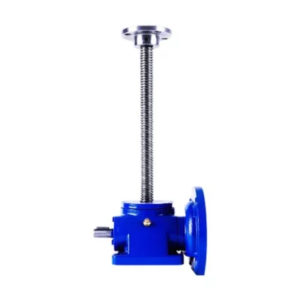
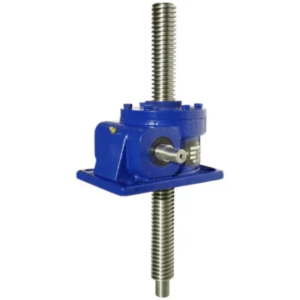
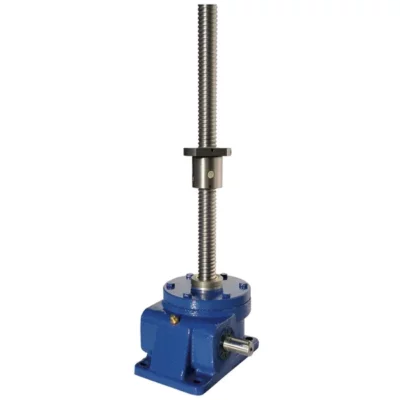
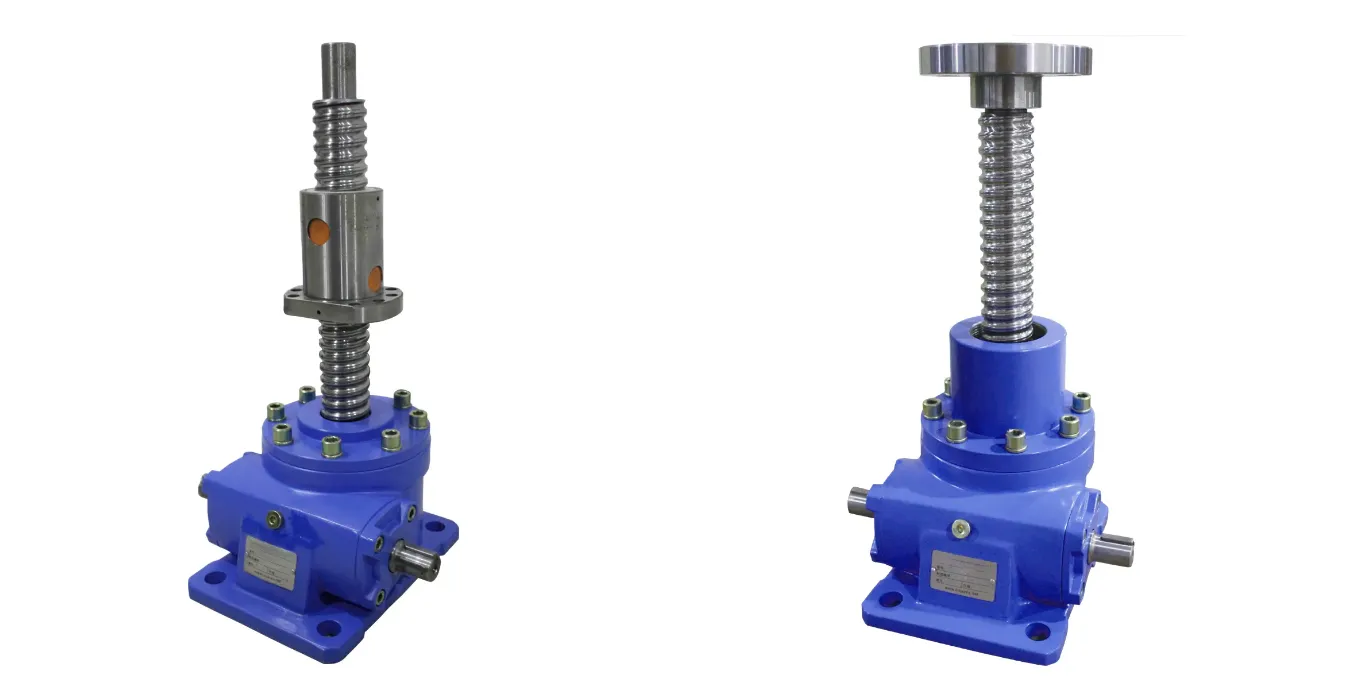
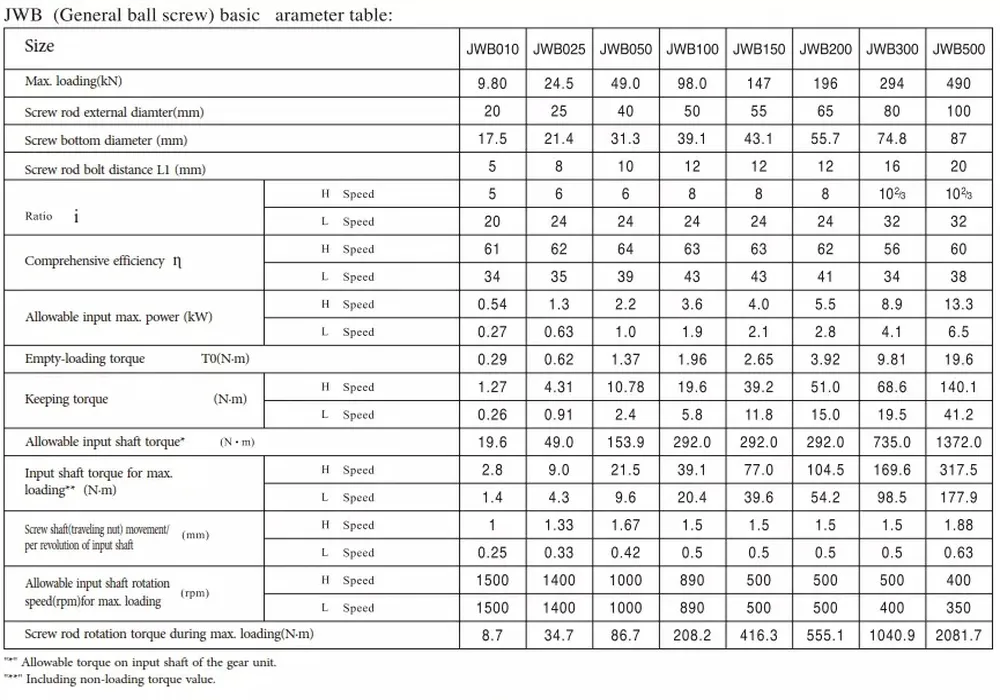

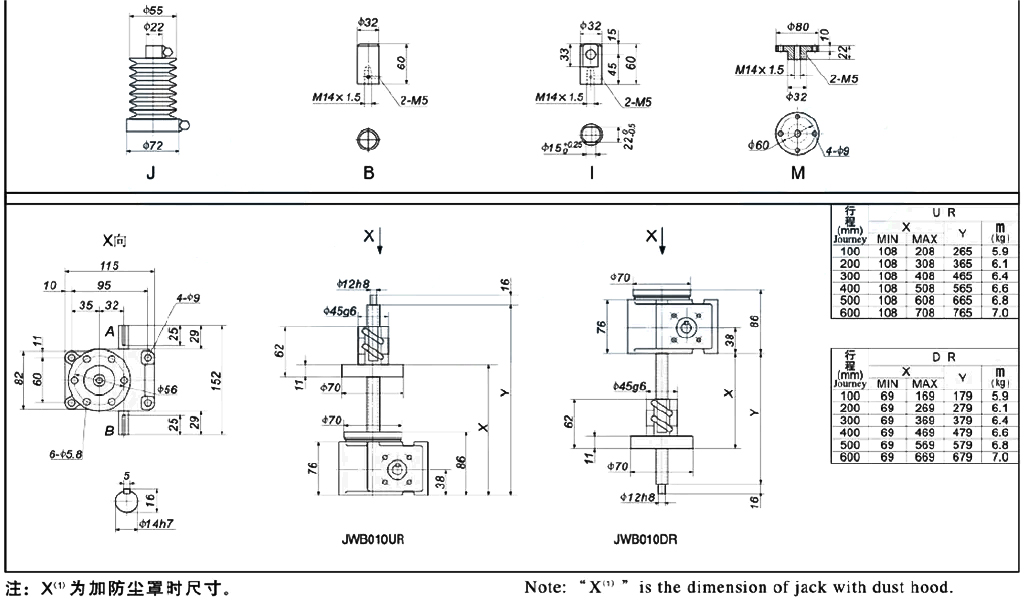
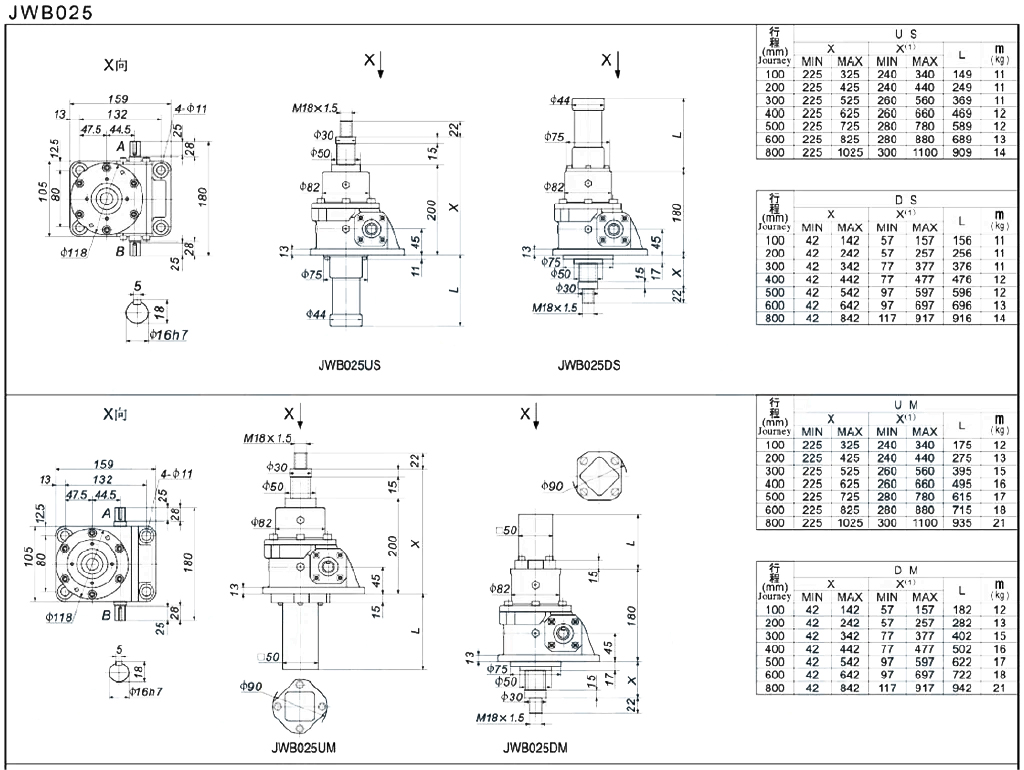
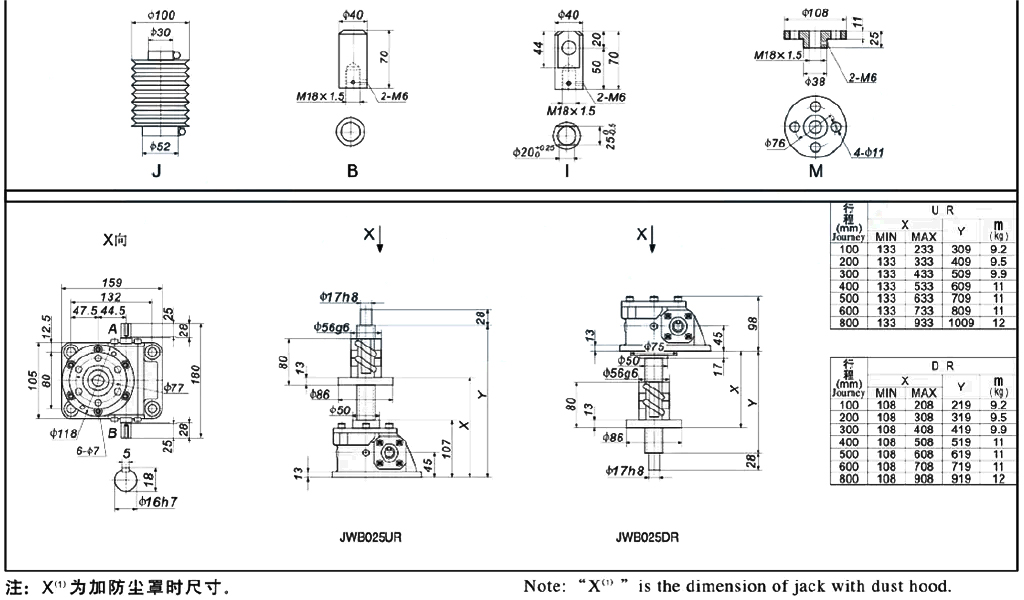
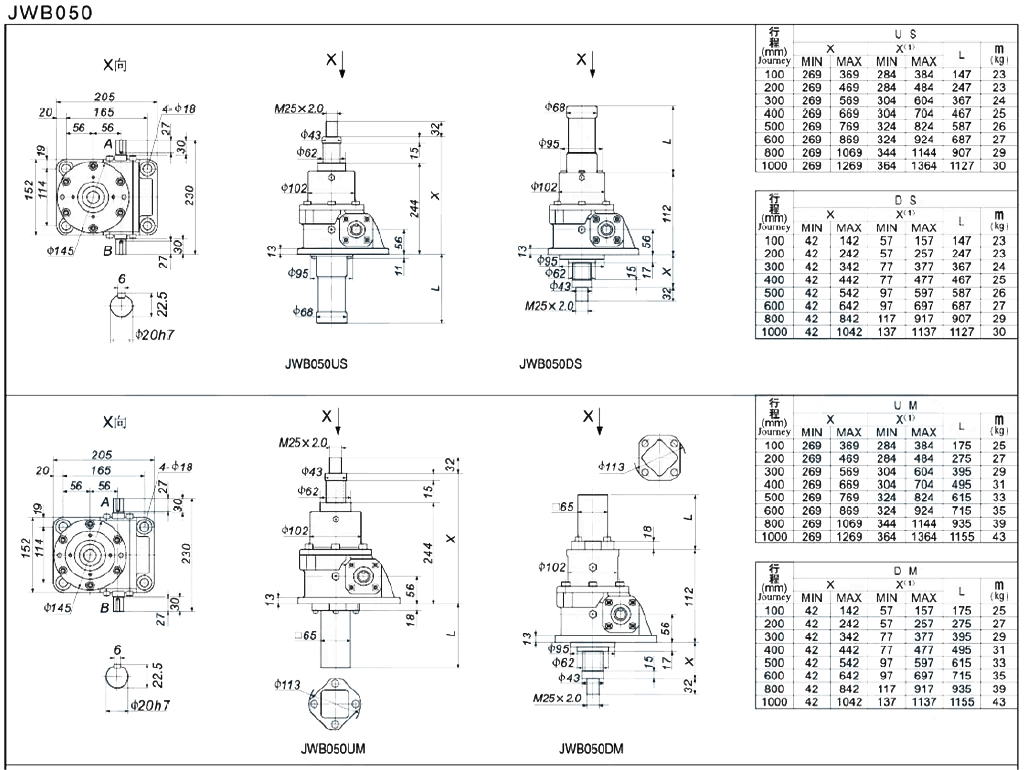
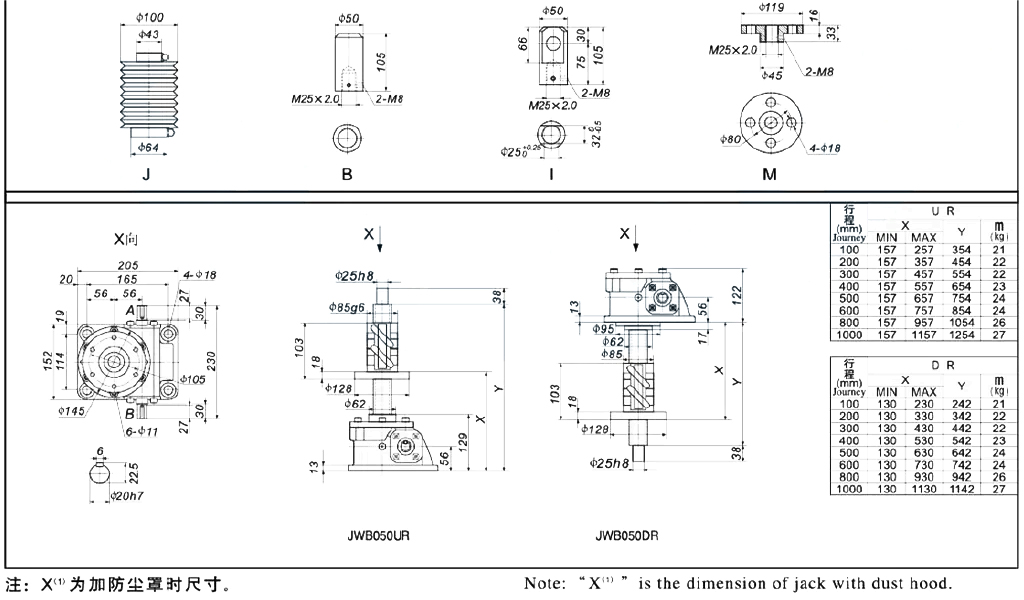
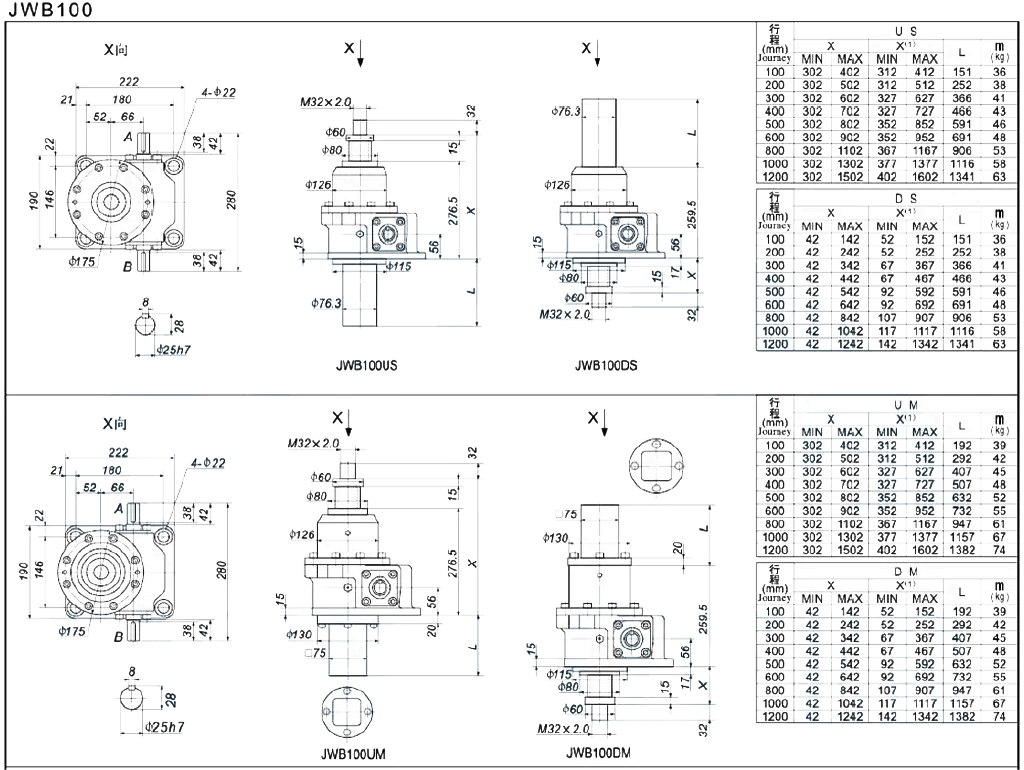
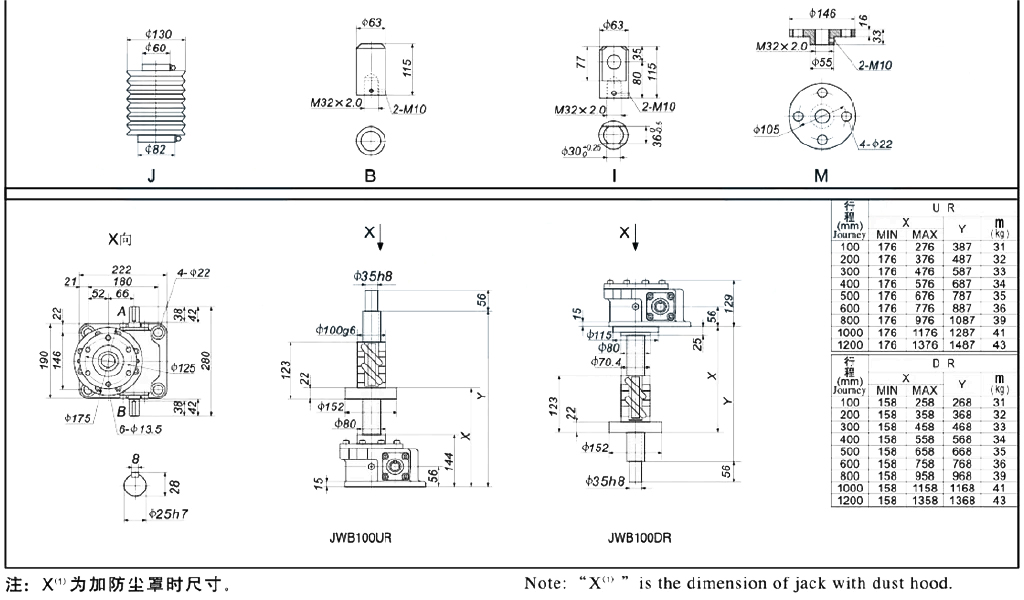
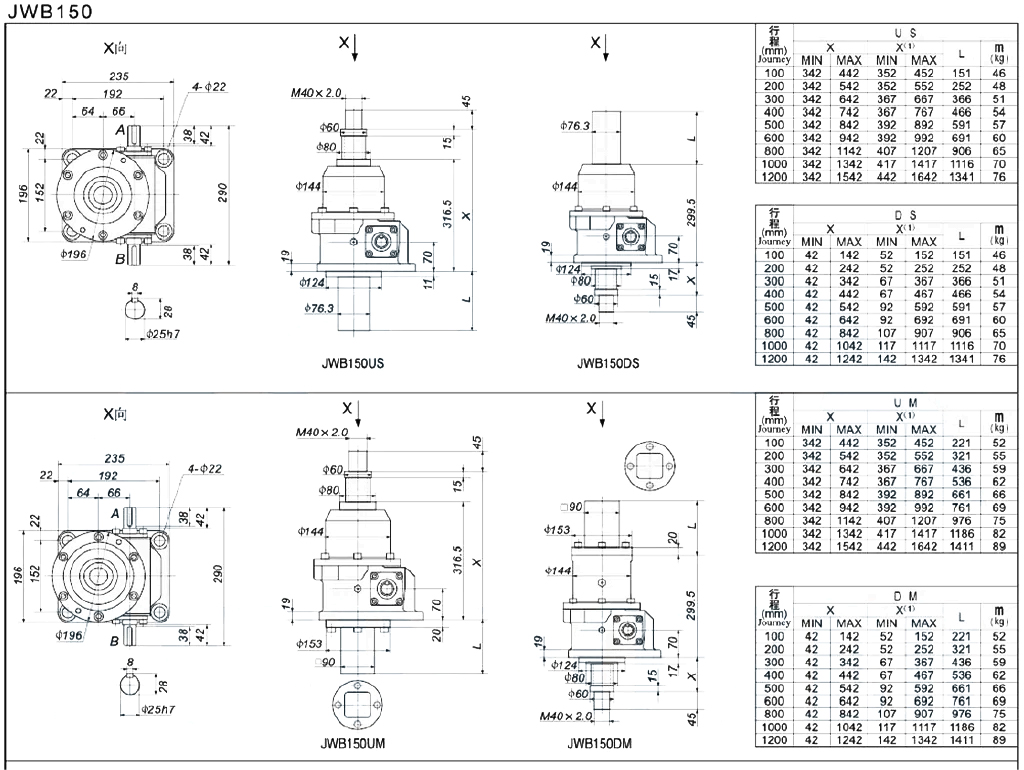
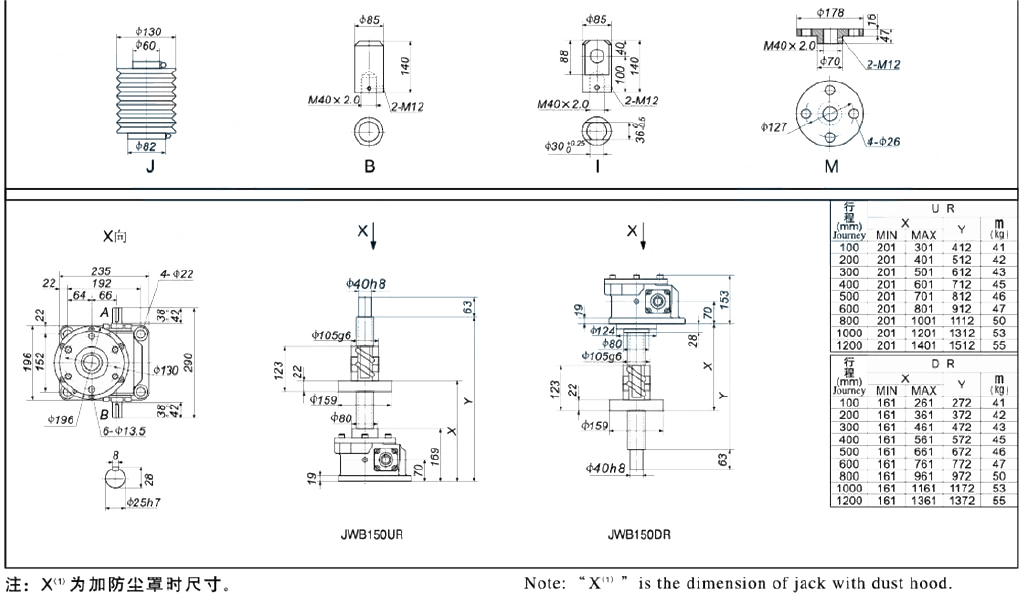
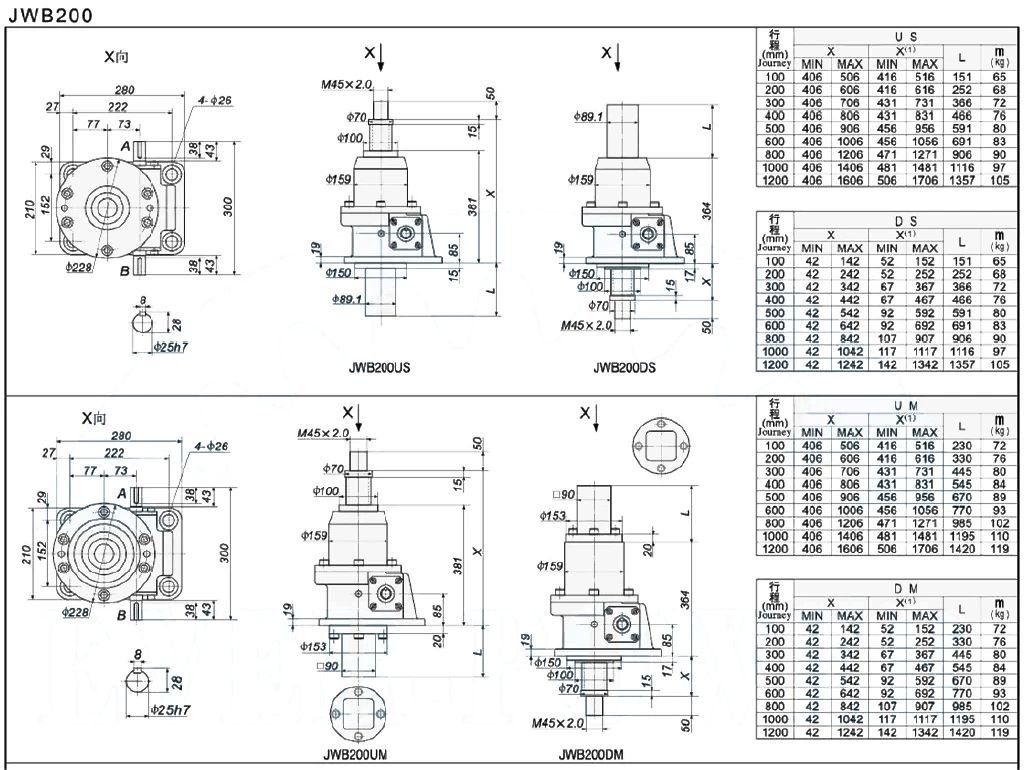
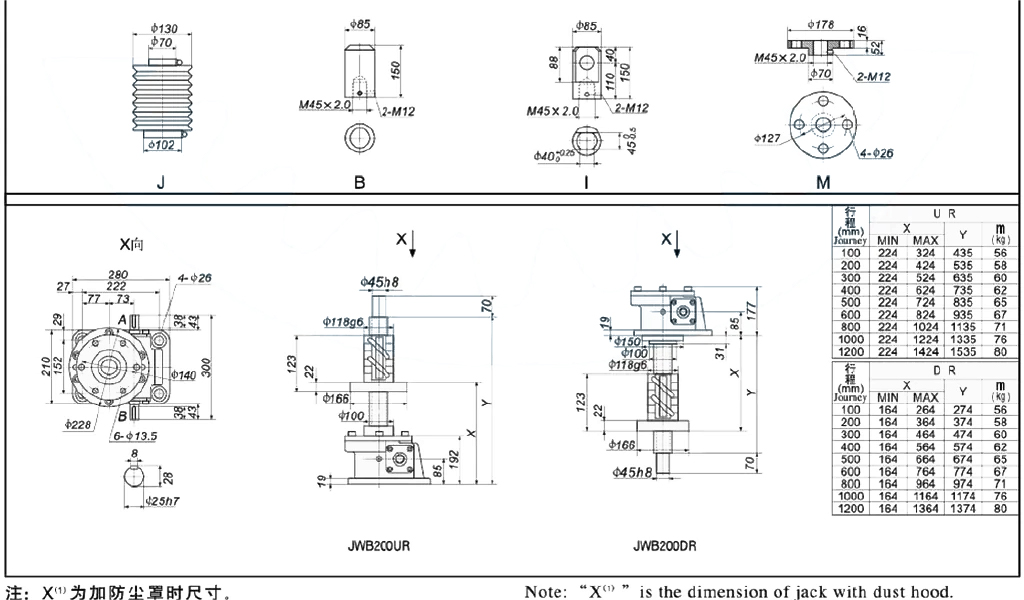
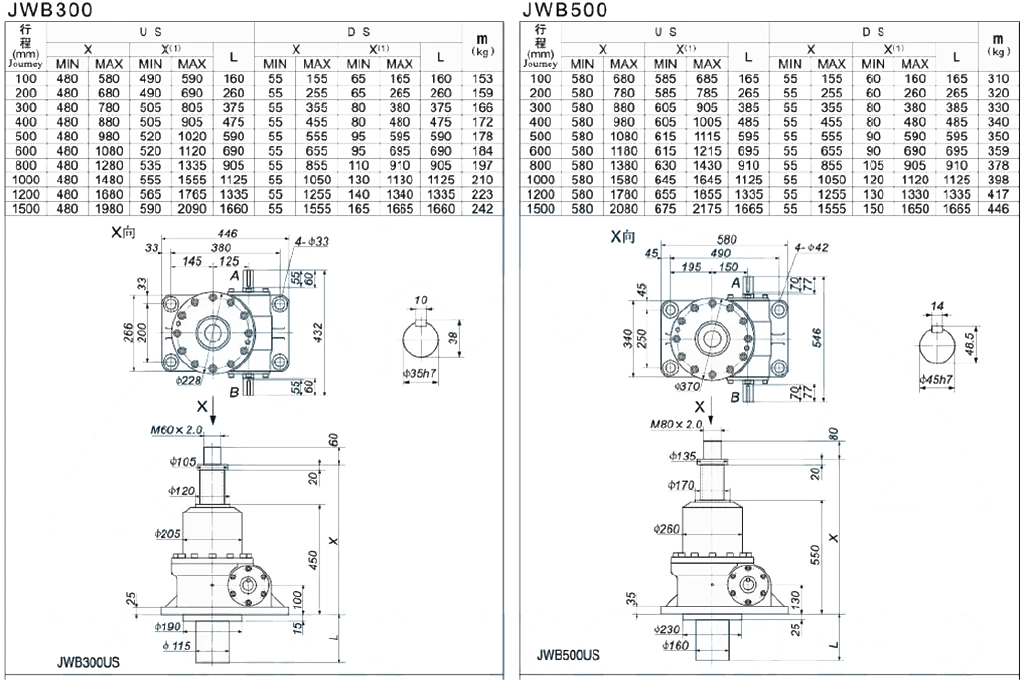
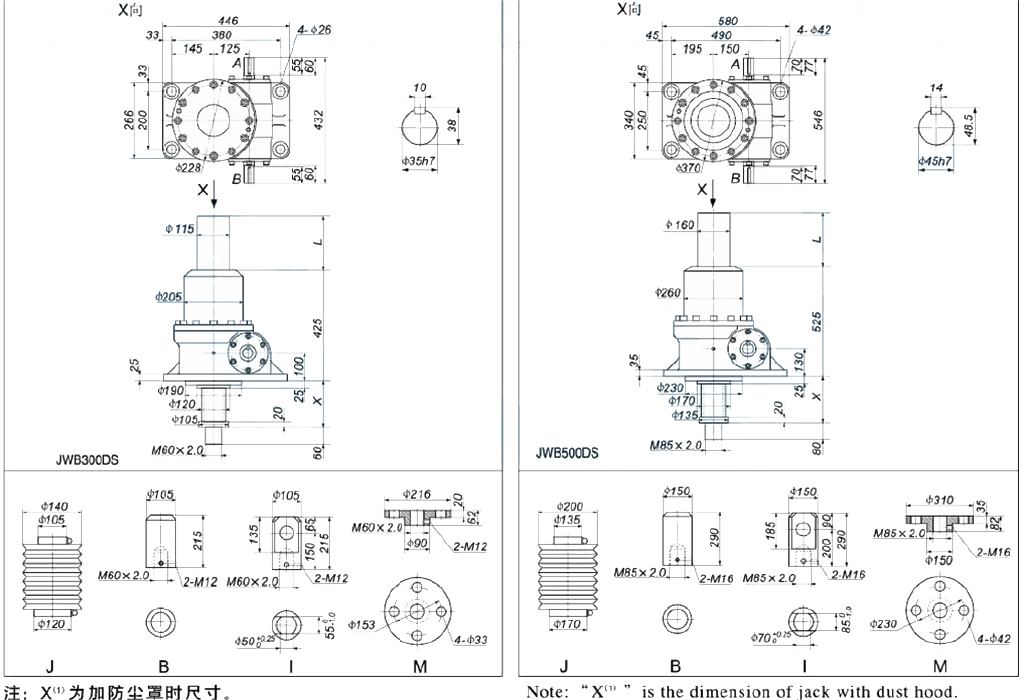
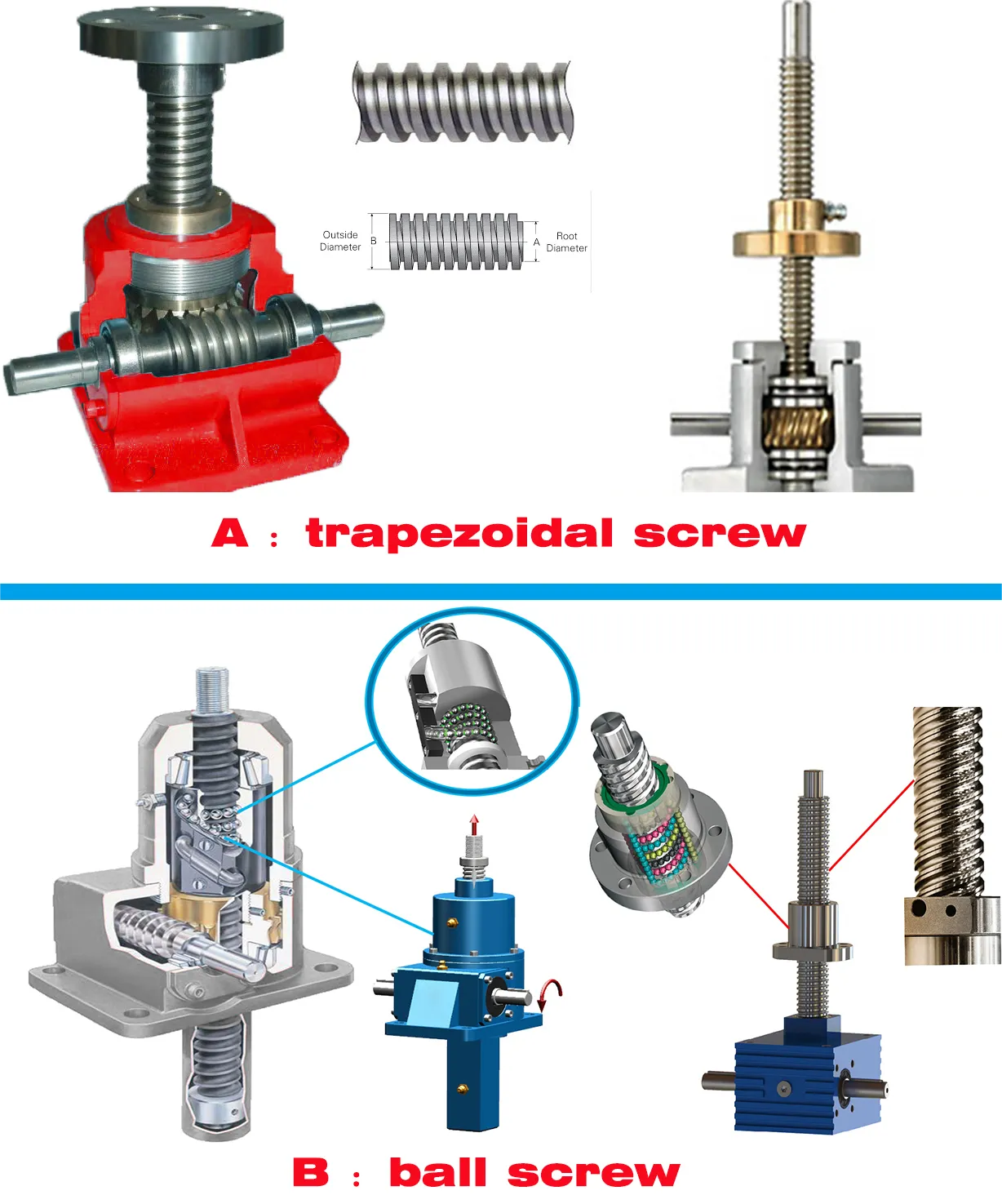

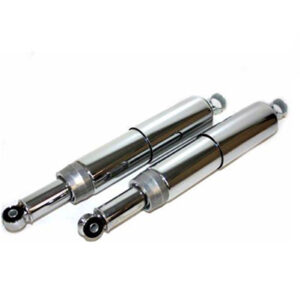
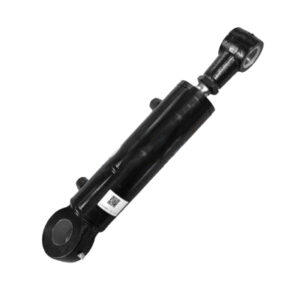
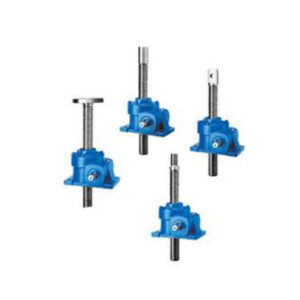
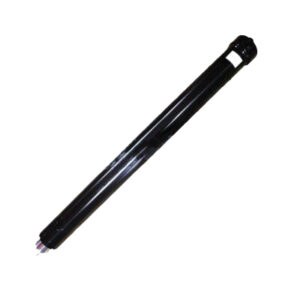
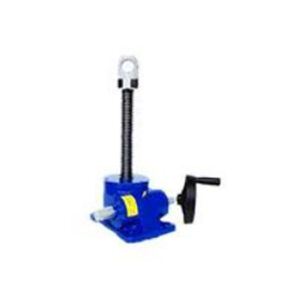

Reviews
There are no reviews yet.